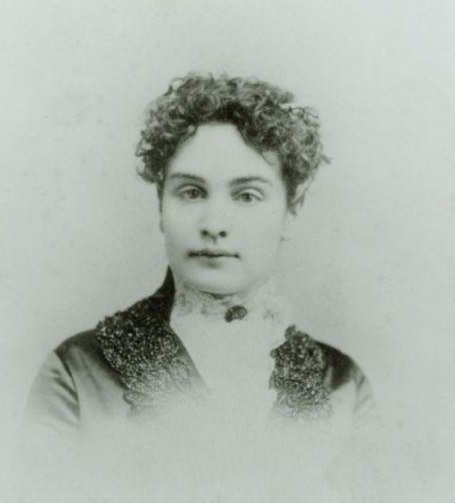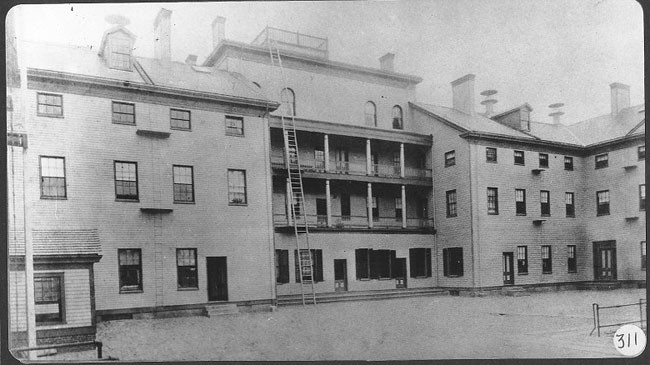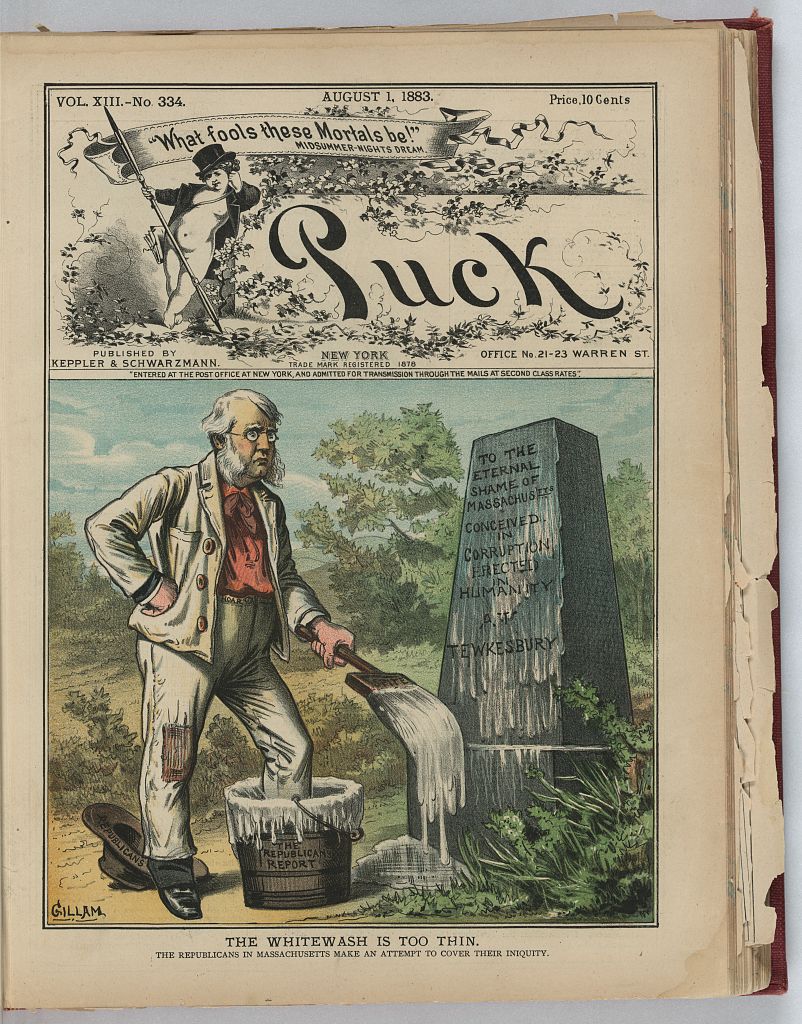By Graham Warder, Ph.D., Keene State College
Tewksbury was the last place a disabled Civil War veteran would want to be. In many ways, it was a place to die. Anne Sullivan, its most famous resident who would later become “Teacher” to Helen Keller, saw her little brother, Jimmie, die of tuberculosis there.
Many of the institutions and programs created and maintained at considerable public expense for Civil War veterans, soldiers’ homes at the state and federal levels, a generous pension system, and a Government Hospital for Insane Soldiers, for example, explicitly sought to keep veterans out of almshouses. Life in almshouses was both difficult and stigmatized. Soldiers’ homes and pensions were intended to promote dignity and self-respect, whereas almshouses were the last refuge of desperate people, especially the elderly, the disabled, and indigent immigrants. Funding for almshouses was often minimal lest, so the argument went, they would attract the lazy and improvident.
In the decades following the Civil War, public social welfare policy essentially followed two separate tracks. One was for veterans, supported by the Grand Army of the Republic and the Republican Party it so effectively lobbied. It was generally well funded by governments. The other track was for everyone else: immigrants (who arrived after the war and thus could not be veterans), injured workers, children, and women. Those groups might be the recipients of private benevolence but little public support. Social Darwinism, and later eugenics, reinforced the notion the poor were responsible for their own poverty.
When “pluck and luck,” to use the formula by which the heroes of dime novels could go from rags to riches, failed, individuals would end in places like the Tewksbury Almshouse. Opened in 1854 for “paupers” from Massachusetts, the facility quickly became crowded with immigrants, especially from Ireland. About a third of the early inmates were children. Many of the residents were diseased or disabled, and by the late 1880s, Tewksbury became a medical facility, treating indigent people with physical or mental illnesses.

Anne Sullivan arrived at Tewksbury in February 1876 at the age of ten and would remain there until October 1880. Sullivan, whose trachoma infection badly damaged her eyes, was typical of people admitted to Tewksbury. From an Irish immigrant family, Sullivan lost her mother to death and her father to abandonment. In 1880, she was able to convince an influential man, Franklin Sanborn, to help her go to the Perkins School for the Blind, a change that probably saved her life. She would later describe Tewksbury as “indecent, cruel, melancholy, gruesome.”
An investigation of Tewksbury in the early 1880s supported Sullivan’s description. Led by Massachusetts Governor Benjamin Butler, then siding with the Democrats, the investigation accused the State Almshouse of corruption, abuse, and even the selling of corpses to medical schools. It also revealed the appalling death rate of infants at the institution. After the sensational accusations became public, the superintendent was forced to resign. Republicans, perhaps more interested in funding pensions and soldiers’ homes, were charged with trying to “whitewash” the scandal.
Sources:
“Anne Sullivan: The Miracle Worker,” American Foundation for the Blind. https://www.afb.org/about-afb/history/online-museums/anne-sullivan-miracle-worker .
Skocpol, Theda. “America’s First Social Security System: The Expansion of Benefits for Civil War Veterans.” Political Science Quarterly 108, no. 1 (Spring 1993): 85–116.
Wagner, David, Ordinary People: In and Out of Poverty in the Gilded Age (New York: Routledge, 2016).

